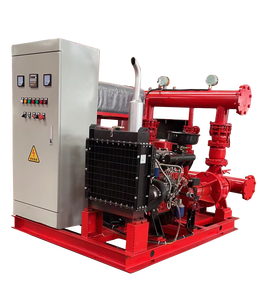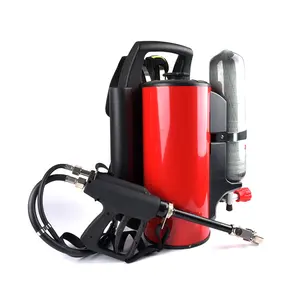Introduction to Fixed Fire Pumps
A fixed fire pump is an integral component of a building's fire protection system. Designed to deliver water at high pressure, these pumps are essential for firefighting operations in commercial, industrial, and residential buildings. This category encompasses a variety of pumps, each tailored to meet specific requirements of fire suppression systems.
Types and Applications
The types of fixed fire pumps include end suction, inline, vertical turbine, and horizontal split case pumps. Each type serves a unique role, from providing high-flow water delivery for industrial complexes to compact solutions for residential spaces. Their applications are diverse, ensuring that fire suppression capabilities are optimized for the environment they protect.
Features and Materials
Fire pump features are designed with reliability and durability in mind. Materials such as cast iron, stainless steel, and bronze are commonly used for their resistance to high temperatures and corrosion. Advanced features may include automatic start-up upon fire detection, flow sensors, and integration with building management systems.
Advantages of Fixed Fire Pumps
The advantages of installing a fixed fire pump are numerous. They provide a steady and reliable water supply during emergencies, are designed for long-term use with minimal maintenance, and can be customized to fit the specific fire safety requirements of a facility.
Selection Considerations
When selecting a fixed fire pump, considerations should include the pump's capacity, the head pressure required, power source availability, and compatibility with existing fire suppression systems. It is crucial to choose a pump that matches the specific fire risk profile of the property it will serve.
Compliance and Standards
Compliance with local and international standards is paramount for fire pump installations. Pumps should meet the requirements set by organizations such as the National Fire Protection Association (NFPA) to ensure they provide adequate protection and functionality during critical moments.











































 浙公网安备 33010002000092号
浙公网安备 33010002000092号 浙B2-20120091-4
浙B2-20120091-4